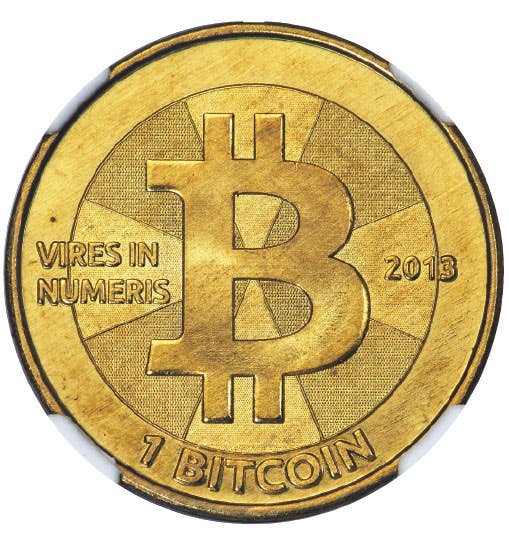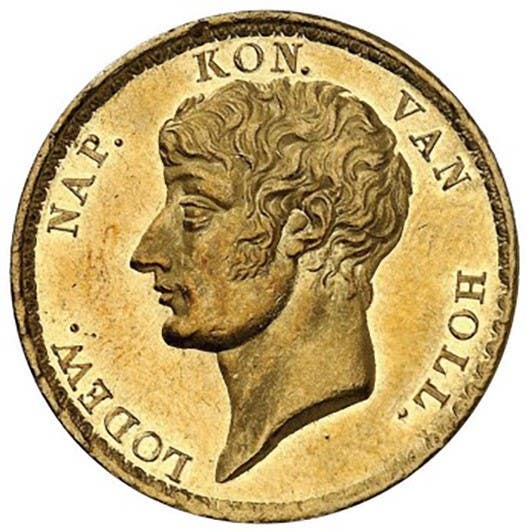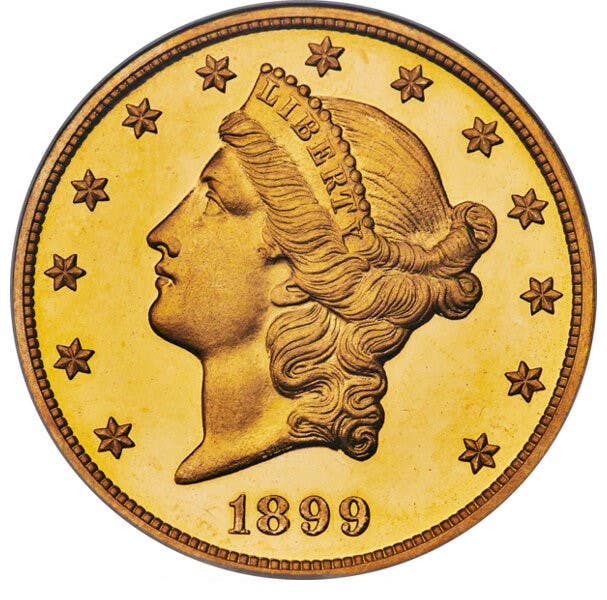1836 Half Dollars
There are two related but very different 1836 Bust half dollars. One has the denomination expressed as “50 C,” and has a lettered edge while the other has the denomination…
There are two related but very different 1836 Bust half dollars. One has the denomination expressed as “50 C,” and has a lettered edge while the other has the denomination expressed as “50 CENTS” and has a reeded edge.
The two 1836 half dollars are a great pair although the first with “50 C” and the lettered edge is not very special in terms of price. That 1836 half dollar had a mintage of 6,545,000 and is rather available in comparison to the latter 1836 half dollar with “50 CENTS” and the reeded edge which has a mintage estimated at 1,200 pieces.
Obviously, with the vast differences in mintages, there is an interesting story which is made even more interesting because the mintage and differences really reflect the growth and modernization of the Mint.
The first 1836 half dollar with the lettered edge was produced on the old press. Its high mintage is proof that the Mint had come a long way in a few decades. By 1836, the half dollar mintages were much higher and almost all denominations had regular production. Just a few decades earlier the Mint had been lucky to have any production at all.
A real indication of the problems had come when the silver dollar and gold eagle had their production suspended back in 1804. It was a case where the Mint at the time allowed people to pick the denominations to be made from their silver and gold. The people who brought in the metal kept picking silver dollars and gold eagles, the largest two denominations. That was fine up to a point but the nation had a desperate national coin shortage. Also, at least in the case of the silver dollar, they were frequently being exported while the gold eagle (being such a high denomination) was primarily sitting in banks as reserves. The Mint tried to convince people to opt for half dimes or quarters but that garnered no support. So, in desperation, the silver dollar and gold eagle were suspended.
By 1836, the silver dollar was being considered and the gold eagle would follow a very good indication there was light at the end of the tunnel in terms of the national coin shortage and the mint’s production problems.
The reason for the second type of 1836 half dollar with the reeded edge is that a new steam press had arrived. This was another of the steps which would see capacity increase. Of course, there would have to be some adjustments, especially the reeded edge. Like any people suddenly confronted with a new and modern machine in their jobs, the employees at the Mint were anxious to try out the new press.
The production was definitely a trial. That fact, however, has caused some confusion over the years as the 1836 reeded edge half dollar was included in the Judd book on patterns. It could certainly be considered by some as a pattern or trial piece but the fact is the reeded edge 1836 was considered by those making it a regular circulating coin.
It can be an interesting debate although most now side with the idea of the 1836 reeded edge half dollar being a coin for a variety of reasons including the fact that the type continued with an 1837 before being changed again in 1838.
For those who like to judge by the duck standard (wanting a coin to look and act like a coin before being called one), we find NGC has seen 123 examples of the 1836 with a reeded edge and of that total only 22 were called Mint State with a couple being below F-12. At PCGS, out of 202 graded, a total of just 21 were called Mint State and some 72 were in a range of VG-VF. As a normal rule, you will not see breakdowns like that for a pattern, making it very clear the 1836 reeded edge half dollar did circulate and the public apparently had no problems accepting them as half dollars.
If anything, the 1836 has very strong prices suggesting that serious collectors also take the 1836 seriously. When you consider the number graded, the current $880 G-4 price has to be seen as strong and that is also true of the $8,800 MS-60 listing as well as the $68,000 price in MS-65.
Those prices confirm the reeded edge 1836 is an important coin with a low mintage marking an important change in how the Mint made coins.









